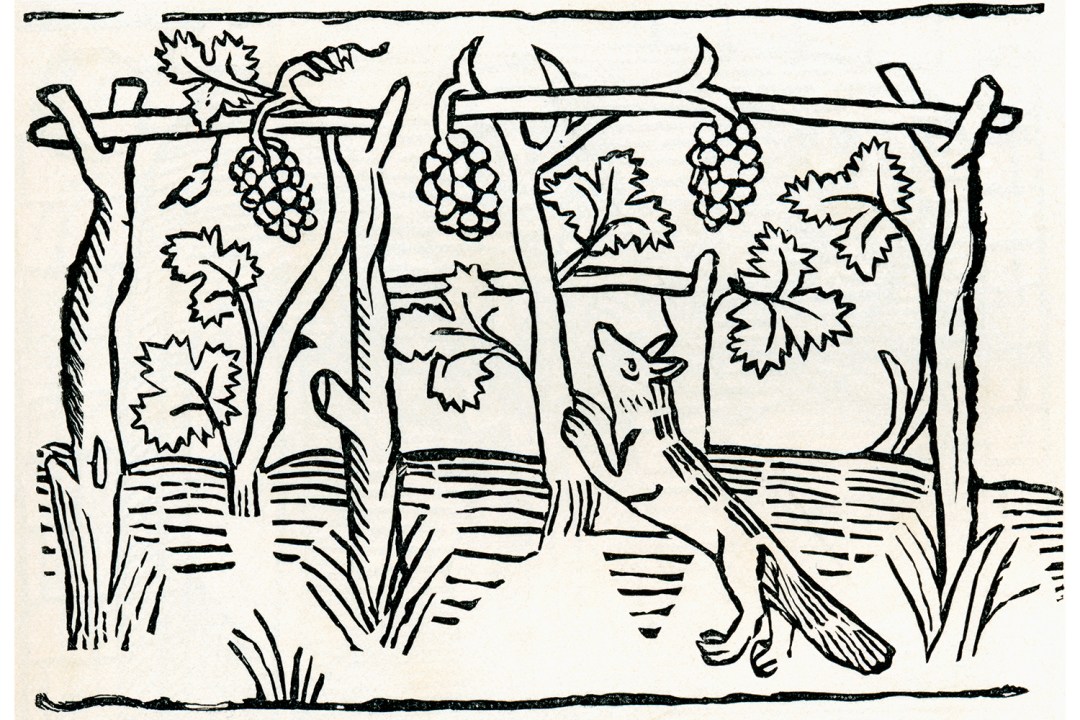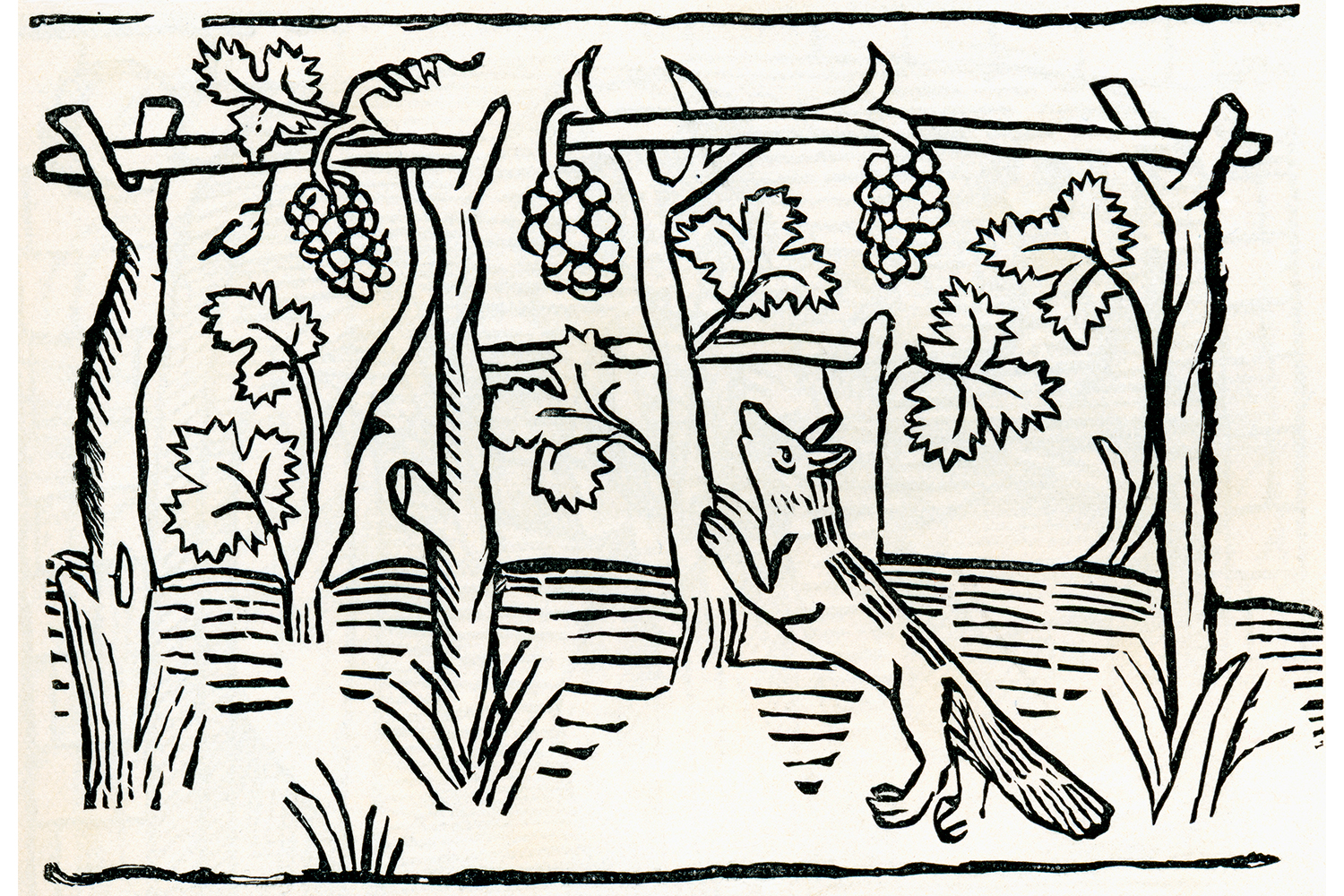Charlie Mackesy’s bestselling and Oscar-winning stories about a boy, a mole, a fox and a horse deal in aperçus such as ‘Nothing beats kindness. It sits quietly behind all things’; ‘always remember, you’re enough, just as you are’. The ancient Greek Aesop – whoever and whenever he was (6th century bc?) – is the West’s inventor of animal fables, and his creations are rather more challenging.
The c. 350 fables credited to him mostly feature stereotyped animals – the mighty lion, tricky fox, ravenous wolf and so on. Some examples: a fox and donkey agreed to hunt together. But a lion appeared and the fox, hoping to save himself, said he would entrap the donkey for the lion to eat. The lion agreed, and the fox led the donkey into a hunting pit. Seeing the donkey secure, the lion ate the fox, saving the donkey for later. A young lamb hid from a wolf in a temple. The wolf told it to come out because it would be sacrificed to a god. The lamb replied it would prefer that to being eaten by a wolf.
An aged lion, no longer able to hunt, pretended to be ill, welcomed visitors and ate them. When he invited in a fox, the fox refused, pointing out that all the footsteps led into the cave, but none out. A gnat kept biting a lion which could not kill it. The gnat flew off, boasting of his triumph, only to become entangled in a spider’s web. He cried: ‘I defeated the strongest of all creatures, to be destroyed by a mere spider.’ A vixen criticised a lioness for only ever bearing one child. ‘Only one,’ she said, ‘but a lion.’
This is a world in which survival is the bottom line and everyone acts, as they think, in their own self-interest, while the winner takes all. But the prize does not necessarily go to the strong, as long as the weak have their wits about them. For hundreds of years they were a staple of children’s education, to be argued over.
Mackesy’s is a world of animals as little more than fluffy toys uttering fluffier platitudes. Might children benefit from the stark contrast with Aesop?







Comments